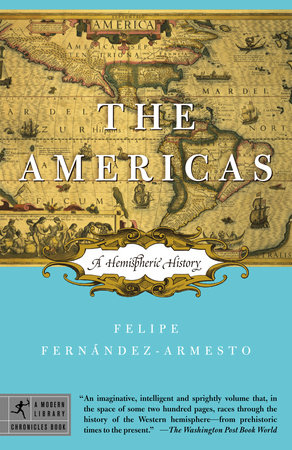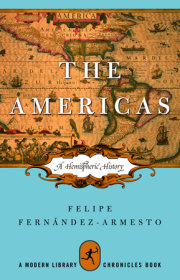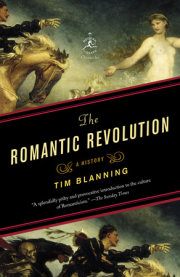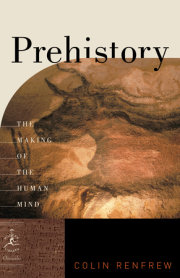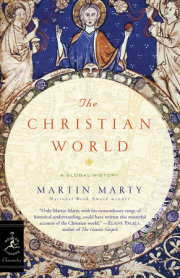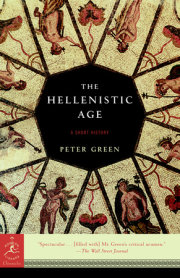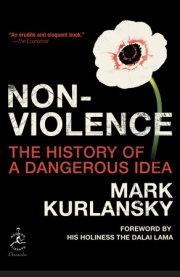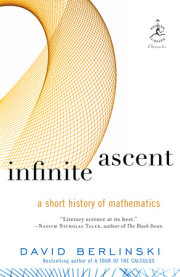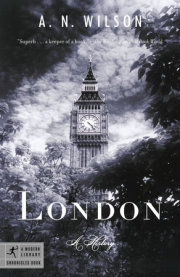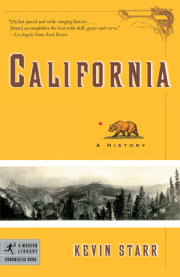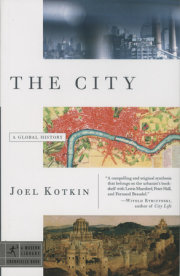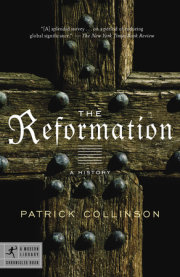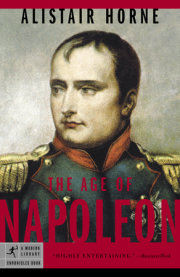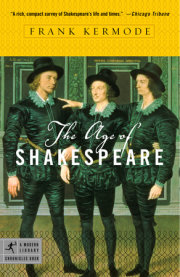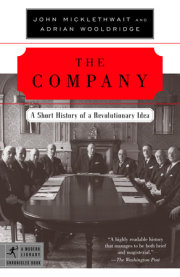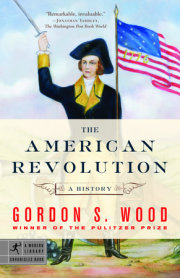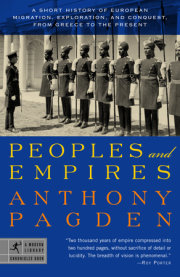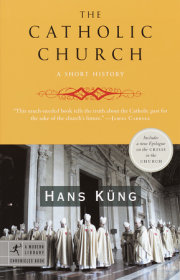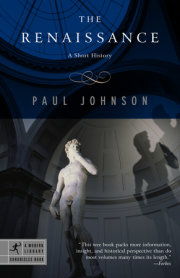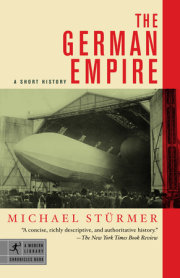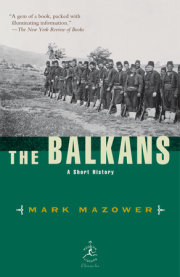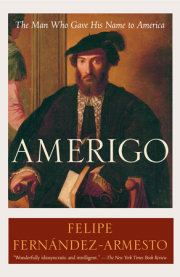1
Americas? America?Americans bicker over the name of Americans. To the chorus in West Side Story, America is a foreign land, where some of them “like to be,” a sentiment apparently inaccessible to them in Puerto Rico. Canadians write to newspapers in the United States complaining that the citizens of one country have usurped the appellation of Americans. The Spanish intellectual Américo Castro was so called because he was born on a boat on the way to Argentina. In much of South America the people of the United States are called norteamericanos, whereas the northernmost Americans are actually Inuit and the United States reaches only the forty-eighth parallel. A character in Barcelona, Whit Stillman’s film about U.S. expatriates trying to cope with anti-Americanism, resents the Spanish term estadounidense because it makes him feel despised as “dense.” Many of the names by which Americans call one another—Anglos, Afros, indios, Latinos, Caucasians—tug at other continents. The privileged names now enjoyed by some minorities—Native Americans, indígenas, First Nations—imply an imperfect sense of belonging in everyone else. No usage suits everybody.
Yet America was once “the New World”—pure and simple. It was possible to imagine it as a single category, a single polity, the home of a huge, embracing identity. Pan-Americanism no longer exists, except as piety or rhetoric. Like “Europe,” America is a Humpty-Dumpty continent. It has to be painfully reconstructed after the ravages of nationalism, across the fissures and fractures between which rival identities have formed. This book is an attempt at mental reconstruction of the hemisphere; an effort to see it whole and to trace a common history that embraces all the Americas.
American SingularityHow many Americas are there? Once, at least in the eyes of beholders who looked at the hemisphere from outside, there was only one. America possessed unity and integ- rity of a sort, long before it was well delineated. The term entered our languages in the singular. Amerigo Vespucci (or, at least, a writer using his byline) reported the first lands known as “America” from the coasts of what are now Venezuela, Guiana, and Brazil. Martin Waldseemüller, the cosmographer who coined the name in Amerigo’s honor on a map and an accompanying treatise in 1507, rapidly regretted it; he realized that the honor of the discoveries he had attributed to Vespucci really belonged to Columbus. In his next map he suppressed the name, but it was too late. “America” extended, in contemporary imaginations, over the whole of an ill-defined hemisphere, which seemed to grow as successive expeditions explored further, unsuspected parts of it. The unity of the New World was apparent to most early explorers who reconnoitered it and early European cartographers who drew it. Some of them, at first, split it into two with a very narrow strait; others showed the New World as what we think of today as South America, while representing North America as a promontory of Asia. But the convention of showing the whole hemisphere as a single large landmass was well established in the second decade of the sixteenth century.
This is an odder, more intriguing fact than it may at first seem, since it was easier, in the years when the idea of America was first introduced to European minds, to deny the hemisphere altogether—dismissing the claim that it existed as fraud or delusion—or to classify it as part of Asia. European geographers in antiquity and the Middle Ages speculated about the existence of an unexplored landmass in the unfrequented recesses of the western ocean. But belief in it was a minority indulgence, derided by skeptics. The idea that something as big and discrete as a “new world” lurked unseen, waiting to be discovered, seemed implausible to the Old World. Even writers of the medieval equivalent of science fiction—romances of seaborne chivalry—generally preferred to speckle the Atlantic with islands as settings for their heroes’ adventures. So did the makers of speculative sea charts (though a series survives of fifteenth-century maps that also depict a western continent, named after the daughters of Hesperus from the legend of Hercules, who raided their garden for golden apples).
Most cosmographers reviewing projects for ocean crossings in the fifteenth century dismissed the possibility that exploration would uncover a new continent. They thought they knew all the world there was. Even Columbus, who found a route to America, was disinclined to believe that such a place existed. Though his geographical notions were mercurial, and he was inclined to change his mind according to the fancies and prejudices of his audience, he generally favored the view that the world was too small to accommodate an unknown hemisphere; the “new world” he claimed to have discovered was, in his own estimation, really just a new part of the old one—the easternmost extremities of Eurasia, the “Indies” that the ancients had labored to reach.
Nevertheless, in the century or so preceding Columbus’s voyages, the idea that something like America might really exist did gain some ground. Partly this was because of the movement we loosely call the Renaissance—the progressive rediscovery in western Europe of texts from classical antiquity. Mainstream geographical tradition in antiquity knew roughly how big the world was. In the third century b.c. the librarian Eratosthenes had measured it with tolerable accuracy. He proposed a value of about twenty-five thousand miles at the equator, in modern terms, using a mixture of trigonometry, which was infallible, and measurement, which was open to quibble. But there was clearly room for “another world”—“the Antipodes,” as it was called by geographers who believed in it.
A number of fifteenth-century “humanists”—pursuers, that is, of the anthropocentric curriculum recommended by classical scholarship—drew attention to ancient speculations about the Antipodes. In 1423 one of the most suggestive ancient geographical texts arrived in Latin Christendom: Strabo’s defense, written in Greek in the first century b.c. of a picture of the world traditional since the time of Homer. Strabo placed the supposed unknown continent roughly where Columbus or one of the other Atlantic navigators of the time might have hoped to find it. “It may be,” he wrote, “that in this same temperate zone there are actually two inhabited worlds, or even more, and in particular in the proximity of the parallel through Athens that is drawn across the Atlantic.” In the context of Strabo’s thought as a whole it seems that this observation was intended ironically; but irony is notoriously difficult to detect in texts from an unfamiliar time or culture, and some of Columbus’s contemporaries took the passage literally. As soon as Columbus returned from his first Atlantic crossing, humanist geographers began to speculate that he had reached the Antipodes. The more people learned about it, the more the identification solidified. The parts of the American mainland and islands—despite their vastness and their multitudinous diversity—fused into one.
Yet, from another point of view, it was a mistake to think of America as one. People who lived there before Columbus arrived had no such notion—they knew it too well. The unity of the hemisphere was imposed by imaginations that could barely suspect how enormous it was, or by minds anxious to shrink it to manageable proportions, so that it could be easily skirted by merchants bound for Oriental spiceries. Old World minds seemed to resist the truth about American size and complexity. It took a long time for the reality of America to sink in. In the mid-1520s, Verrazano thought he could see the Pacific from the Atlantic off the Carolina coast. Most sixteenth-century maps squeezed North America into narrow proportions. English colonists in Virginia in the early seventeenth century thought they would be able to reach the “South Sea” by overland march. The early navigators of the Mississippi expected the great river to flow into a sea that washed China.
As knowledge of the scale and variety of the Americas gradually grew and began to shadow reality, minds did not adjust by abandoning unified conceptions; America remained one big place. Creole patriots in the American regions of the Spanish monarchy called themselves “Americans” long before the term became current in what is now the United States. In symbolic seventeenth- and eighteenth-century depictions of the continents, there is always only one America. The eighteenth-century “dispute of the New World”—a long-running debate among intellectuals about how to classify America and its products—was conducted largely in terms of hemisphere-wide generalizations. European commentators criticized America as a whole; when Georges-Louis Buffon (1707–1788) and Cornelius De Pauw (1734–1799) derided America as a degenerate and degenerating place, which produced only stunted species, inferior people—effete men, insensitive women—and regressive civilizations, they attributed these unsettling qualities to the entire hemisphere. For De Pauw in his Recherches philoso- phiques sur les Américains, Patagonian giants were as implau- sible as philosophical Hurons, or albinos in Darién, or Amazons along the Amazon; they were all delusions of the kind that made the hemisphere seem wonderful, when really, he claimed, it was woeful. He generalized about the climate: it was cold and wet, damp and putrid everywhere. This was only slightly more unhelpful than the equal and opposite generalizations advocated by apologists for America, such as Antoine-Joseph Pernéty (1716–1801), who insisted that the climate was everywhere benign.
Copyright © 2003 by Felipe Fernandez-Armesto. All rights reserved. No part of this excerpt may be reproduced or reprinted without permission in writing from the publisher.

